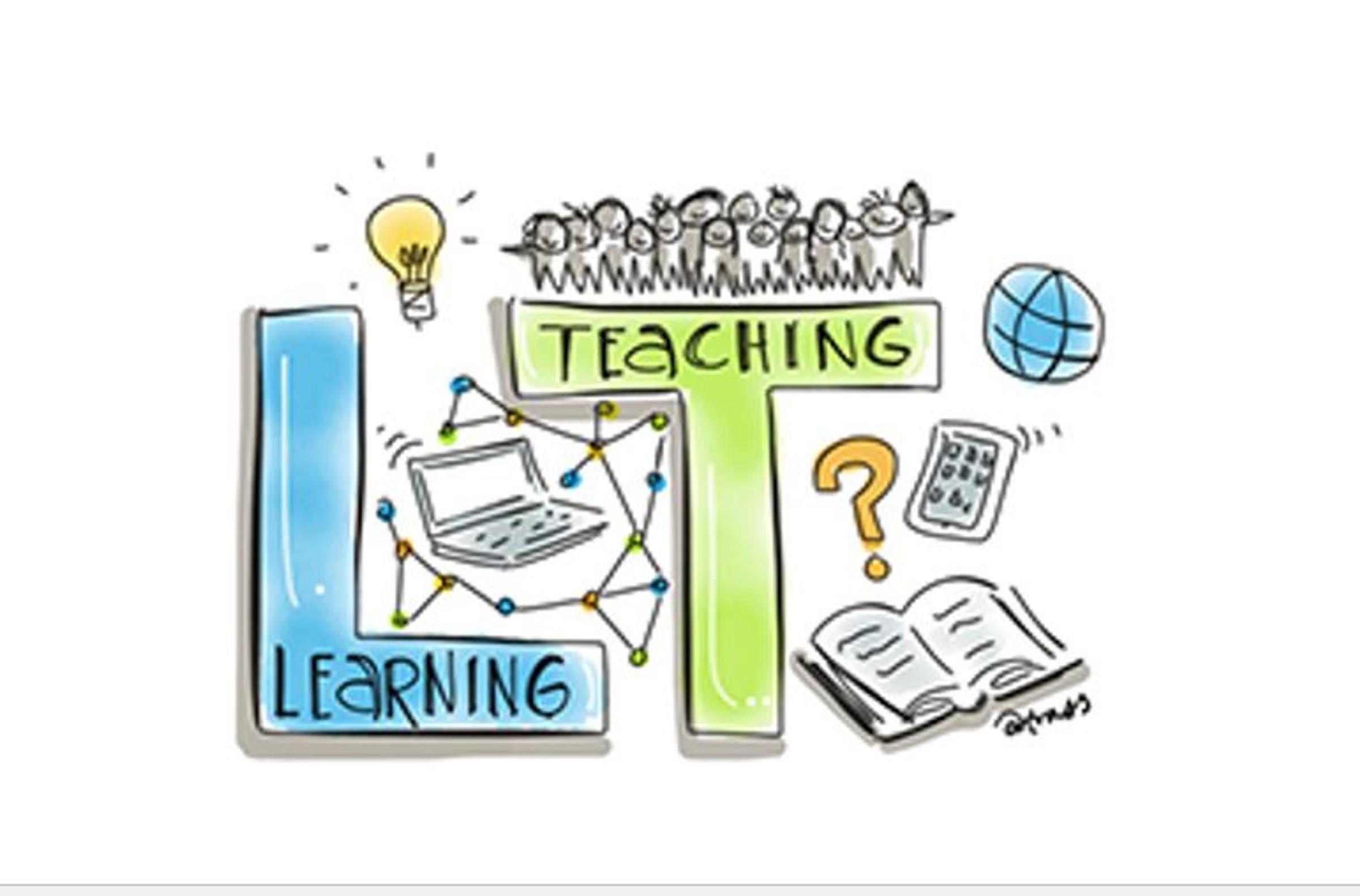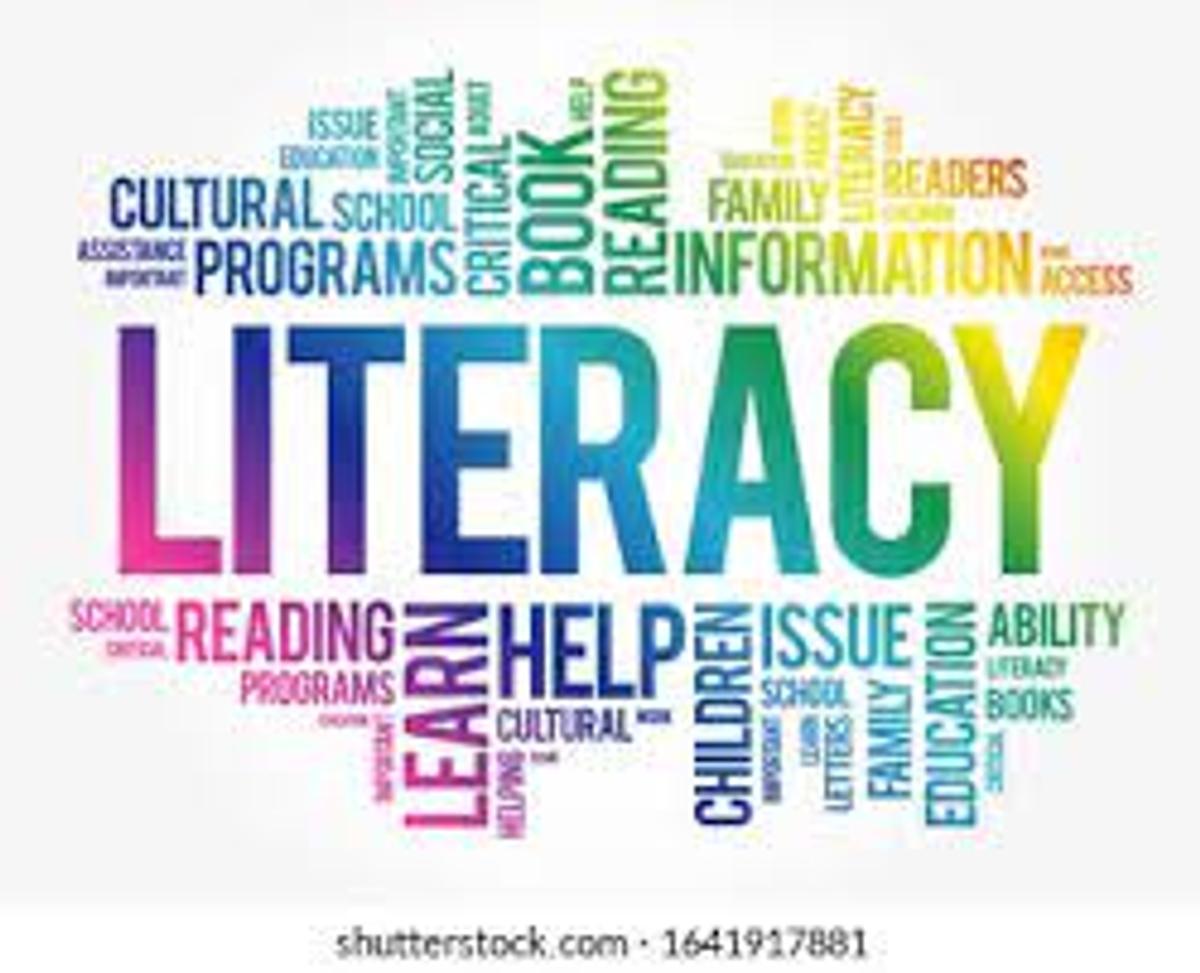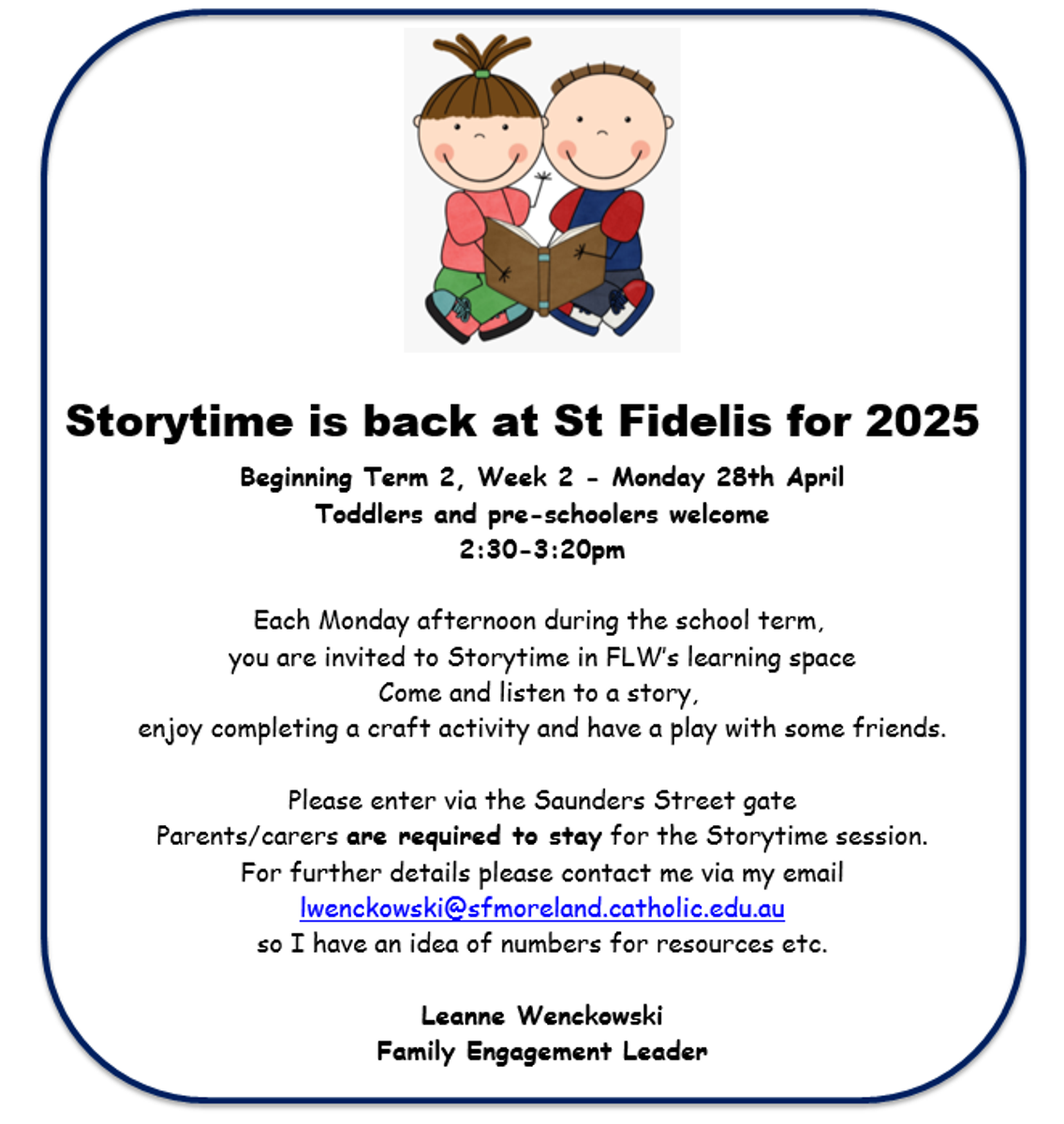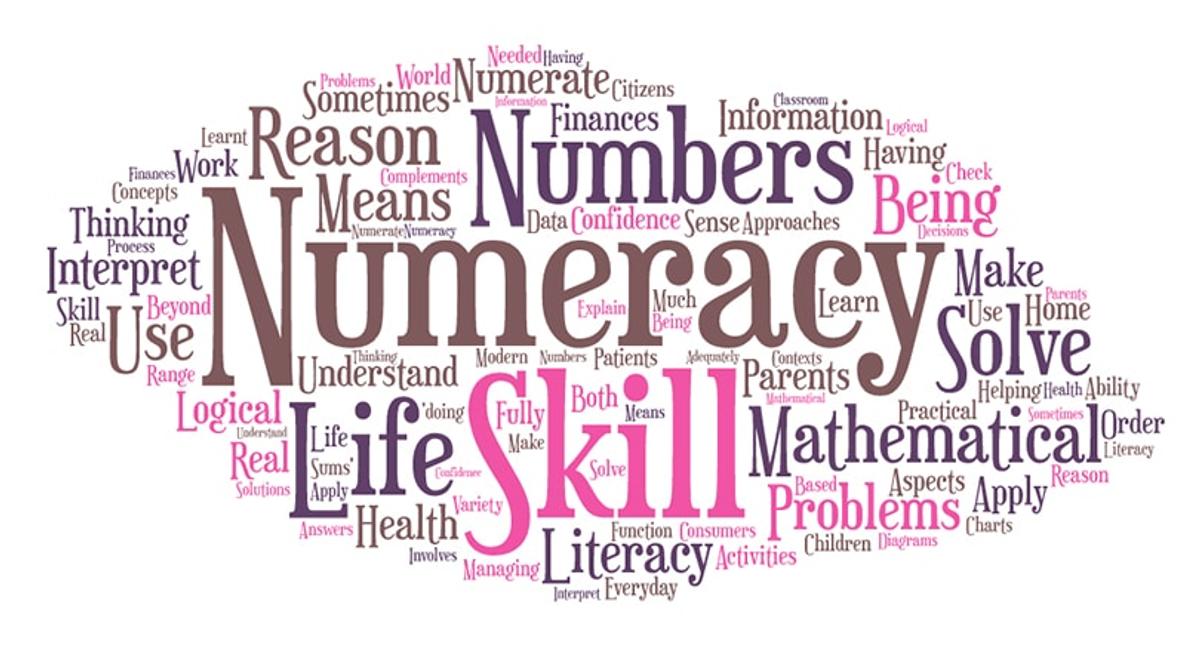Learning & Teaching
Learning and Teaching encompasses the following areas: Student Outcomes, Curriculum, Assessment, Reporting, Principles and Pedagogy.

Learning & Teaching
Learning and Teaching encompasses the following areas: Student Outcomes, Curriculum, Assessment, Reporting, Principles and Pedagogy.
What Is Neurodiversity?
At its heart, neurodiversity is about understanding and valuing how people think, learn and experience the world. Some children may learn differently because of conditions like dyslexia, dyspraxia (DCD), dyscalculia, autism or ADHD. Rather than seeing these as problems or "deficits," neurodiversity encourages us to see them as natural variations in how human brains work.
Around 15–20% of people have brains that function in a different but equally valuable way. By recognising and supporting these differences, we create learning environments that are more inclusive, creative, and effective for everyone. This way of thinking celebrates individual strengths and helps all children thrive, not just those who fit a typical learning profile.
At St. Fidelis, we support neurodiverse learners by:
In our school community, understanding neurodiversity means helping every child feel seen, supported and valued - just as they are.
Many famous and successful people are neurodiverse. From scientists like Albert Einstein and inventors like Thomas Edison to entrepreneurs like Richard Branson and entertainers like Whoopi Goldberg, countless individuals have thrived because of - not in spite of - their unique ways of thinking. Their achievements remind us that differences can be a powerful strength.




Reading Fluency
What is it and why is it important?
Reading fluency is a key part of learning to read and is strongly emphasised in the Victorian English Curriculum. It's not just about reading quickly, it’s about reading smoothly, accurately, and with expression. It allows children to shift from focusing on decoding words to understanding and enjoying what they read.
When children read fluently, they can focus more on understanding the meaning of the text, rather than spending all their energy sounding out words.
Fluency is closely linked to comprehension when reading sounds natural, it becomes easier to make sense of the story or information.
Fluent readers are better able to comprehend texts, read with confidence, and grow in their love of reading.
How you can help at home:
Fluency takes time and practice, but with support, children become confident, expressive readers who enjoy reading and learning.
Bernadette Parnis
Literacy Leader
bparnis@sfmoreland.catholic.edu.au




Congratulations to Arnold on winning the Maths award last week for always working so hard and approaching learning with a positive attitude. You do your best in every session. Keep up the great work Arnold.
Thank you to all the parents who joined us for the Maths Sessions last Thursday!
It was wonderful to see such a good turnout and to have so many of you actively participating in the sessions. If you were unable to attend but are still interested, I’ll be running another session on Tuesday, 20th May at 2:30pm. This is a great opportunity to learn how to support your child in mastering their times tables.
Best of luck to our Maths Olympiad students, who will be sitting their first Olympiad this week. We know they will give it their best effort.
Helping Your Child Master Times Tables at Home
Supporting your child with their times tables helps build confidence and lays the foundation for more complex maths skills. According to the Victorian Curriculum, students are expected to develop quick recall of multiplication facts, especially up to 10 × 10, by the end of Year 4.
Here are a few fun ways you can help at home:
Look at strategies to help them learn each times table. Doubles for the 2 X Double plus another one for the 3 X
Remember, consistent practice and encouragement go a long way
INTERSCHOOL SPORT
SCHOOL SPORT VICTORIA
St Fidelis Primary School is an affiliated member of School Sport Victoria and competes in various sports within the Coburg District. The Coburg District aims to provide the children with the opportunity to participate in well-organised and enjoyable sporting events that are an extension of school based Sport & Physical Education programs. It is our school’s belief that children benefit greatly from visiting and competing with other schools within the Coburg District.
TERM 2 EVENTS
SSV COBURG DISTRICT WINTER SPORT COMPETITION
Friday May 2 - Friday June 27
ELIGIBILITY
Grade 6 (priority) and Grade 5 students
SPORTS:
Boys/Mixed AFL 9s Football, Girls AFL 9s Football,
Boys/Mixed Soccer, Girls Soccer,
Boys/Mixed Netball & Girls Netball.
SSV COBURG DISTRICT CROSS COUNTRY CHAMPIONSHIPS
The Annual SSV Coburg District Cross Country Championships is to be held at Jackson Reserve, Coburg (Coburg Athletics Track) on Monday 19 May 2025, commencing at 9.45a.m.and concluding by 12.15pm (Back-up day: Wednesday 21 May 2025).
Events will be conducted for boys and girls in the 10, 11 and 12/13 year age groups.
The 10 year old boys and girls run 2km. Students turning 9 this year can compete in the 10 year age group. Students younger than this cannot compete. The 11 and 12/13 year old boys and girls run 3km. Age groups are determined as of 31st December in the year of competition. Therefore, whatever age the student is turning this year or has turned this year, will be the age he/she competes. Each event commences at the track, continues into nearby parkland and concludes back at the track.
Each school can nominate up to 7 competitors for each event.
Teams will be chosen by Week 3 during PE classes.
SSV COBURG DISTRICT SPORT RESULTS
Congratulations to all our interschool sport teams on their performances throughout the Summer Sport season.
Round 5 Results
Boys Softball
St Fidelis 11 runs defeated Coburg 6 runs
Girls Bat Tennis
St Fidelis 26 games defeated Coburg 22 games
Boys/Mixed bat Tennis
St Fidelis 21 games was defeated by Coburg 30 games
Girls Basketball
St Fidelis 42 points defeated Coburg 4 points
Boys/Mixed Basketball
St Fidelis 33 points defeated 20 points
PHYSICAL EDUCATION TIMETABLE:
TUESDAY
1/2NA, 1/2VS, 1/2CW
WEDNESDAY
5/5NT, 5/6ZK, 5/6MC
3/4BP, 3/4SH
1/2VB
THURSDAY
FAM, FLW, FOS
SPORT TIMETABLE
FRIDAY (WEEKLY INTERSCHOOL SPORT)
YEAR 5/6
FRIDAY (END OF EACH TERM GALA SPORT DAY)
Year 1/2 Students Dive into Robotics!
The last two weeks, our Year 1/2 students have been busy collaborating and exploring the fascinating world of robotics. As part of their learning, they discovered the four key components that make up a robot and then put their knowledge into action by using Tale-Bot and LEGO Duplo to design and build their very own robots! Through hands-on exploration, students learned that every robot needs:
It was fantastic to see students engaged in designing, building, testing, and coding their robots to navigate a maze. Their creativity, teamwork, and problem-solving skills were on full display - true engineers in the making!
Check out this video of our amazing Year 1/2 students as they collaborate, design, build, program, and reflect on their robotics project. A fantastic showcase of creativity, teamwork, and hands-on learning! 🚀